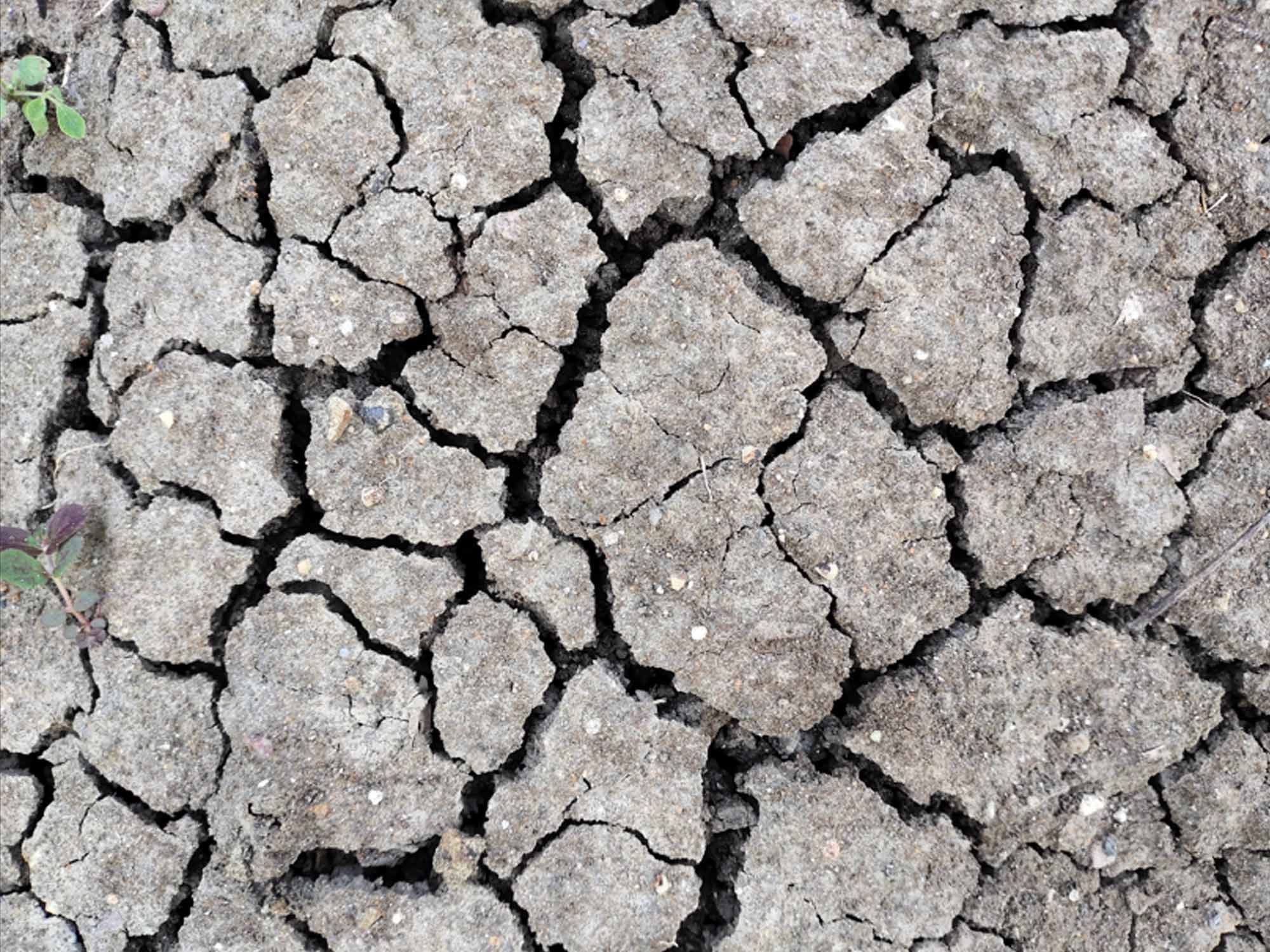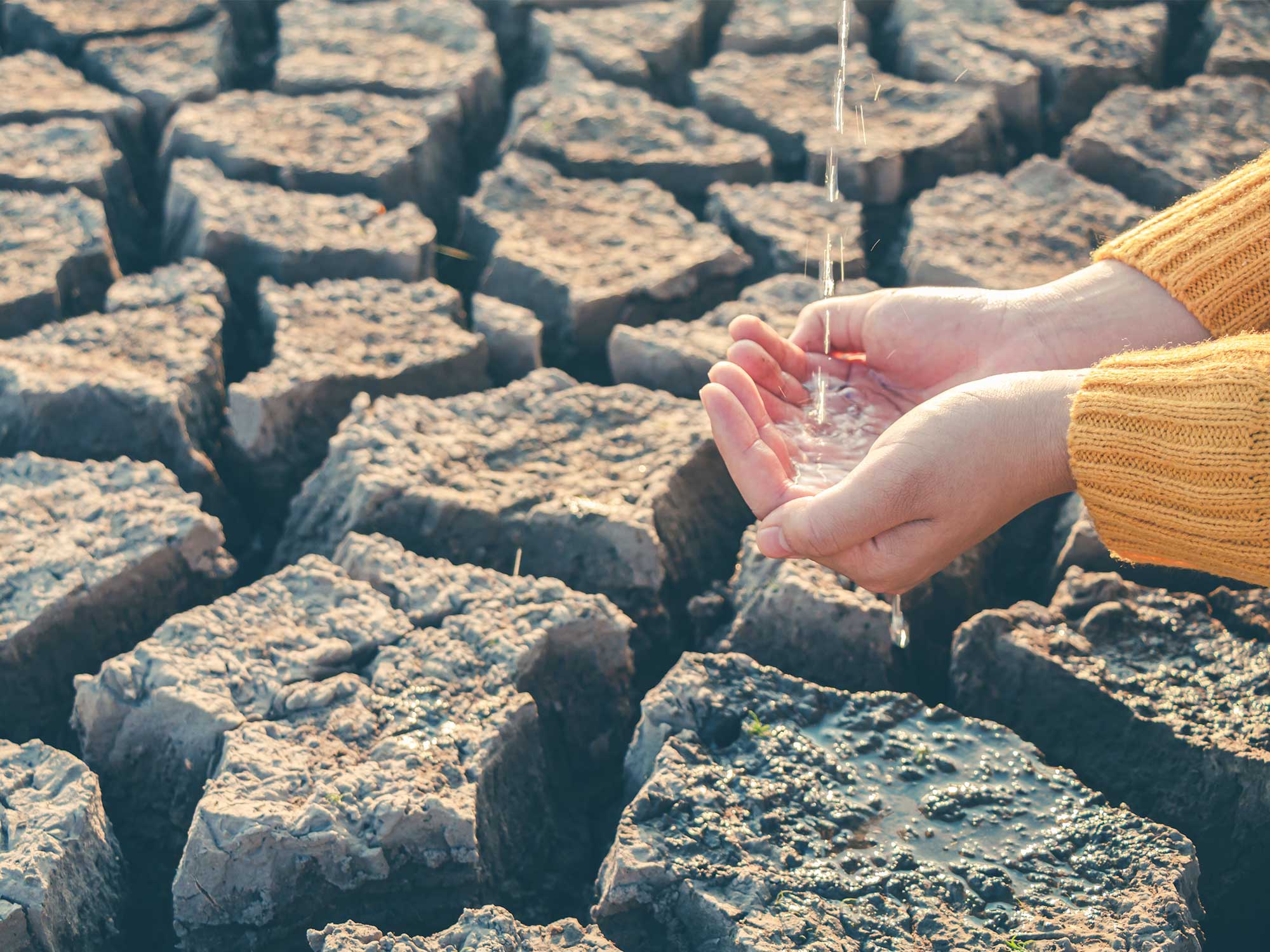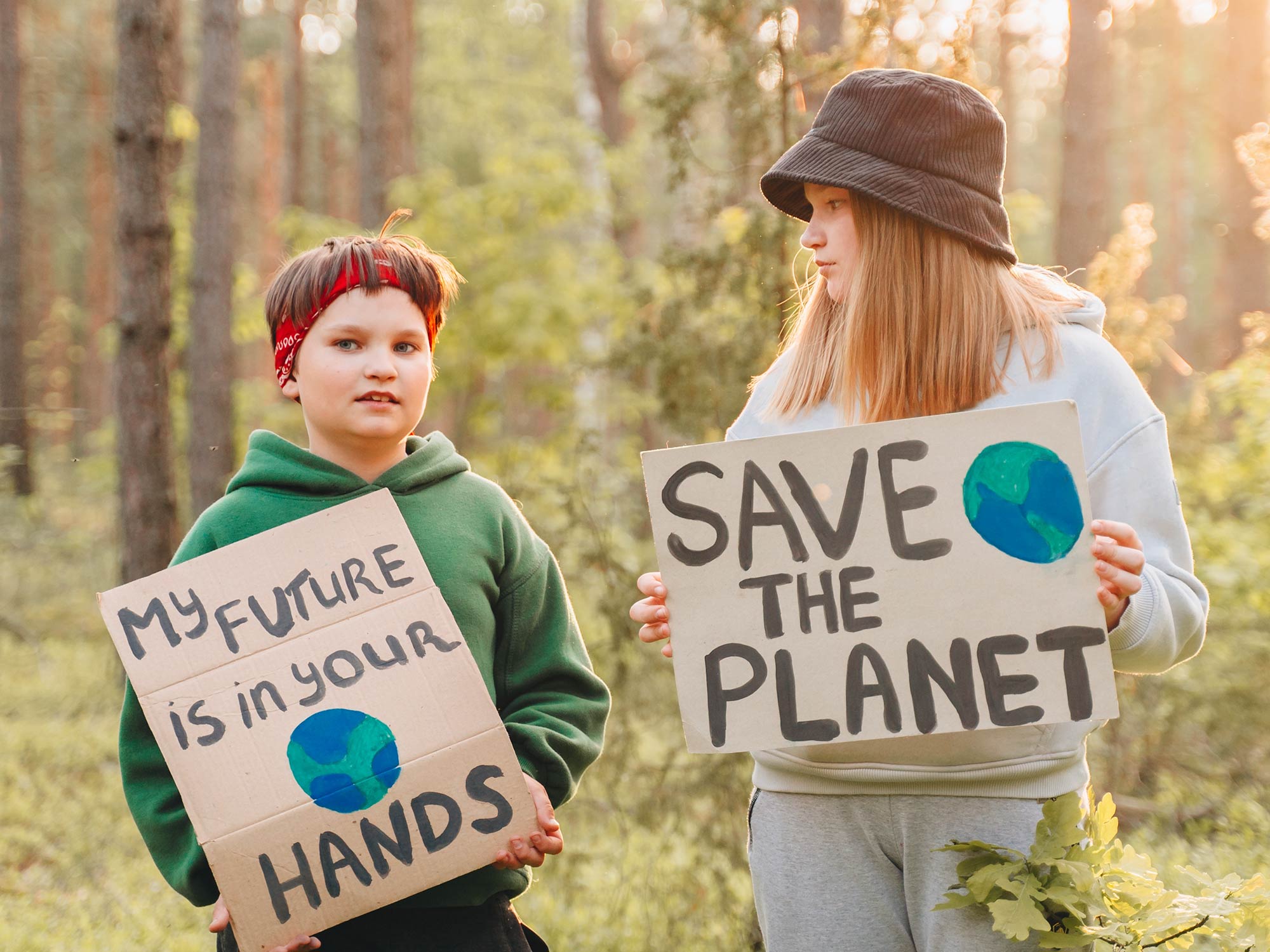“Our vast grasslands had the rivers and grass to feed the livestock. The daily sunlight and the wind blowing on Earth were blessings from heaven. Nature provided everything we needed for life, and people were grateful for nature’s gifts, following its providence. At some point, however, the large rivers and lakes began to disappear. The grass became dry, houses collapsed, and animals were decimated by abnormal climate change and sand storms.
People who lived in vast nature, always being able to look at the sky and inheriting the traditions and cultures from their ancestors, lost everything and headed to cities. Now they sustain their life by picking up all kinds of waste in the cities. As the cities’ populations have exceeded their carrying capacity, slums are formed, and those who do not even have proper shelters to live are living in the manholes under the ground, avoiding the cold.”
This is the story of Mongolia, where 80% of the country has been desertified.
What Is Desertification?

In 1992, the UN Conference on Environment and Development [UNCED], was held in Rio de Janeiro, Brazil. The Global Forum of NGOs was also held in Rio de Janeiro at the same time, bringing together 25,000 of political leaders, diplomats, scientists, representatives of the media, and non-governmental organizations [NGOs]) from 185 countries. It was the largest international conference ever.
Desertification refers to a phenomenon in which the land and the environment gradually turn into desert because of natural factors such as dryness caused by abnormal weather conditions in a certain area or artificial factors such as irrigation for agricultural activities, deforestation, and environmental pollution. In the article of the United Nations Convention to Combat Desertification [UNCCD]: “Impact and role of drylands,” desertification has been defined as land degradation in arid, semi-arid, and dry sub-humid regions resulting from various factors, including climatic variations and human activities.
Desertification began to attract global attention when the Sahel below the Sahara Desert was deserted in 1960 because of overgrazing along with an unprecedented drought. The Aral Sea in Central Asia, the fourth-largest lake in the world, was desertified because dams were built in vast areas of Uzbekistan and Kazakhstan for cotton cultivation during the time of the former Soviet Union, and the dams blocked the rivers. The whole world was in shock. Since then, desertification has become a universal environmental issue that occurs all over the world, and it is becoming one of the major climate issues in the world together with the global warming.
What Does Desertification Have to Do With Us?

If you are living in a country with heavy rainfall or in a city with well-maintained water supply facilities, you may not realize how serious desertification is now. Why has desertification emerged as a global environmental issue?
Desertification does not just make the land dry, but it causes a lot of complicated problems. Desertification is caused by extreme weather conditions such as a long drought due to global warming. On the other way round, it causes the global warming. As forests and grasslands disappear, the amount of oxygen decreases whereas carbon dioxide increases.
Additionally, desertification tends to accelerate as time passes by, which is very dangerous. When grasslands or bushes turn into desert, surface reflectance increases, lowering the temperature; this leads to local cooling. As a result, rainfall decreases and accelerates desertification. As deserts broaden out, sand storms and yellow sand occur more often.
Desertification causes evaporation, making it impossible to cultivate crops. As a result, the area suffers from famine and starvation, which brings forth environmental refugees. At the UN General Assembly held in Tunisia, Africa, in 2006, it was estimated that six million people below Sahara would migrate to North Africa or Europe from 1997 to 2020 to escape from desertification.
Not only the nearby area but also a large portion of the dry land have been reclaimed as agricultural land, and so desertification deepens the global food shortage. The increase in population demands more arable land to support them and supply resources. Then, we come to have no choice but to destroy more forests and grasslands to supply resources. Decades ago, the soil has already been devastated due to excessive cultivation, grazing, and deforestation.
The United Nations Environment Programme [UNEP] notes that desertification has affected 36 million km² [3.6 billion ha] of land, which is about 20% of the earth’s land area, and is a major international concern. According to the UNCCD, the lives of 250 million people are being affected by desertification, and as many as 135 million people may be displaced by desertification by 2045, making it one of the most severe environmental challenges humanity faces.
World Day to Combat Desertification and Drought

The UNCCD is one of the three major environmental conventions of the UN along with the UN Framework Convention on Climate Change [UNFCCC] and the UN Convention on Biological Diversity [UNCBD]. It was discussed at the UN Conference on Environmental Development in Rio de Janeiro in 1992, and was adopted on June 17, 1994, and came into force in 1996. This is the only legally binding force among international conventions. In 1994, the UN General Assembly declared June 17 to be the World Day to Combat Desertification and Drought to commemorate the adoption of the UNCCD. The World Day to Combat Desertification and Drought 2022 theme is “Rising up from drought together,” and its host country is Spain. In commemoration of this day, various events and environmental movements are held on a global scale, centering on the host country, as well as education and discussions on desertification and how to cope with it.
The Parties to UNCCD hold the Conference every two years. In 2022, the fifteenth session of the Conference of the Parties [COP15] of the UNCCD took place in Abidjan, Côte d’Ivoire, from 9 to 20 May. The theme is “Land, Life, and Legacy: From scarcity to prosperity.” COP15 brought together leaders from governments, the private sector, civil society, and other key stakeholders from around the world to drive progress in the future sustainable management of one of our most precious commodities: land.

“From the pandemic to major conflicts. From the climate crisis to nature and land loss.
Never before in history, has humanity faced so many complex challenges.
Never before, have so many humans depended on so little arable land.
Never before, have our land and soils been so damaged.
While the diagnosis is frightening, procrastination and inaction scare me a lot more. The longer we wait, the more complex these issues will be, the more difficult and costly our actions will be, and the more terrifying the consequences will be too . . .
To save lives. Millions of them. Now.
And that, ladies and gentlemen is a chance we may never get back.”
Ibrahim Thiaw, UNCCD Executive Secretary(UNCCD COP15 Ministerial level opening remarks)